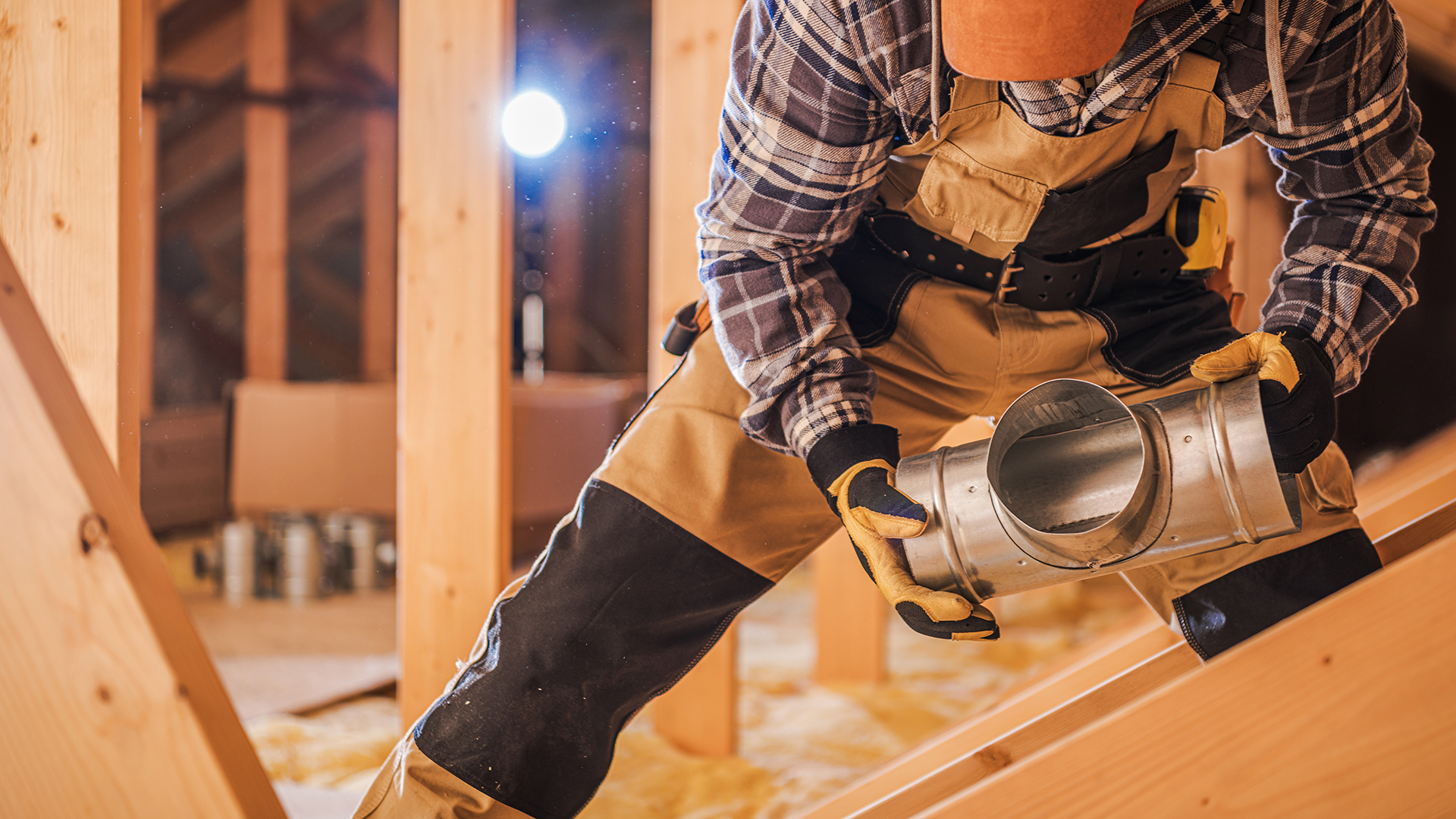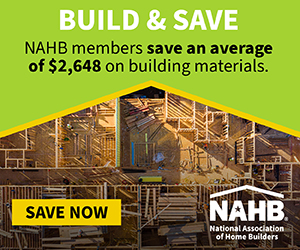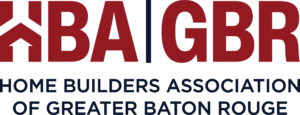
A group of 14 women building professionals in South Carolina, members of the Hilton Head Area Home Builders Association, officially launched a new chapter of the NAHB Professional Women in Building (PWB) Council last month in an effort to promote, enhance and support more women in the building industry.
A motion to approve the formation of the Professional Women in Building of the Lowcountry was passed during NAHB’s Spring Leadership Virtual Meetings.
Local news coverage noted the current COVID-19 pandemic did not prevent the group from forming and making history as the first of its kind in South Carolina.
Meg James, executive officer of the Hilton Head Area HBA, noted the group represents women who plan homes, design homes, oversee construction and manage every detail associated with home building. “Anybody who can help you buy, build, renovate or maintain your home is represented in our membership,” James said.
“It was a long wait, but it was really exciting to hear our name as an official council of the PWB. It’s exciting to be able to help other women and show them how they can grow in this field,” said Andrea Eldred, a partner with Element Construction in Bluffton, S.C. and the group’s chair.
Along with Eldred, the council’s board of directors includes Vice Chair of Membership, Missy Layman, Kinghorn Insurance Agency; Second Vice Chair of Finance, Teri May, loanDepot; Marketing/PR Chair, Kathryn Drury, Drury and Associates; and Events Chair, Brantley King, Billy Wood Appliance.
The group has not yet been able to meet in person due to the pandemic; however, there are plans for a welcome reception in August and a kickoff event during National PWB week in September. A membership drive begun this week has already recruited new members, James said.
The NAHB PWB Council is the voice of women in the building industry, dedicated to promoting industry professionalism and supporting members at the local, state and national levels through education, professional development and networking opportunities. The council also offers various national recognition programs, and scholarships and awards programs.
Network with NAHB Professional Women in Building members through Facebook, LinkedIn and Twitter, or learn more about the council’s variety of benefits and how to join your local PWB council.




















